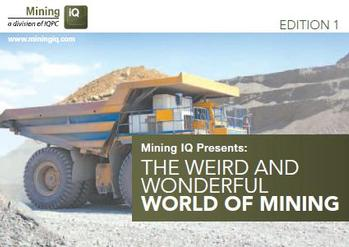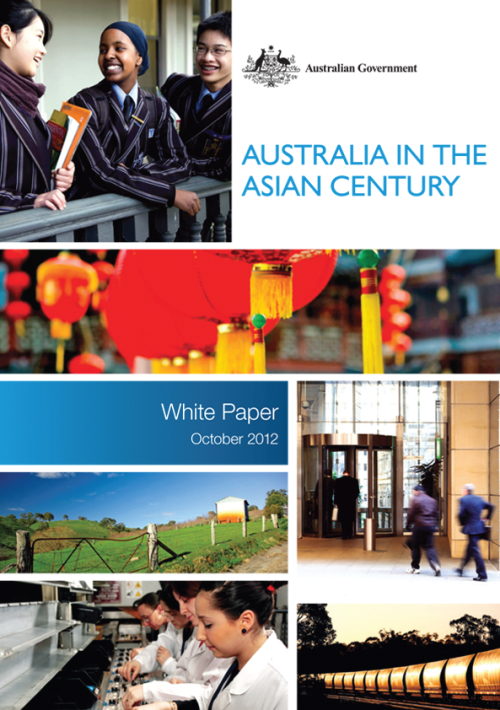Sean Phipps is a U2 Latin American Studies and Environment student. He can be reached at sean.phipps@mail.mcgill.ca.
Canadian imperialism and the gold mining boom
As I write this the price of gold is $1,776.80 an ounce, the highest it’s ever been, up from $1,023.50 in 2008 and $282.40 in 1999. Global economic instability has fueled this dramatic spike, and along with it a massive increase in gold production, an expansion that some have termed “an invisible gold rush.”
In Canada we – or at least some of us – directly benefit from this expansion. 75 per cent of the world’s mining companies (in both production and exploration) are Canadian registered, and several of the industry’s biggest players such as Barrick, Goldcorp, and Kinross are Canadian. And, with a government increasingly working to reflect the needs and interests of the extractive industry, these companies have emerged as key dictators of our country’s economic and foreign policy.
As a country, we are increasingly tied to gold. It is with this in mind that I chose to look at the long and often brutal history of gold mining, the way in which we have viewed gold over time, and to help piece together our strange relationship with this mineral.
Why gold? What has led us to value it above all other substances? Looking at a sample in the display cases in the Redpath Museum, it is hard to deny its beauty. However, gold’s real power has always been symbolic, for gold is wealth itself.



























